We are continuing our series of posts dedicated to salt chamber testing. We have decided that there is no better way to convince the undecided than to show the so-called "hard evidence" from the tests performed in salt chambers, not only on our behalf, but also by our potential customers. Of course, we understand the desire to test our innovative technology, as the results that can be obtained are astonishing and seem incredible. In this blog post, we present the results of tests carried out both in the client's laboratory and in the external laboratory. Regardless of the type of test, the results obtained confirm the unique properties of the Kairos products, which allow many times greater protection of the final coating, compared to coatings after a surface preparation process based on phosphating.
Results from an independent laboratory
The resistance of the painted samples was tested in the laboratory steel on a moist wrap (so-called cataplasm, according to EN 13523-27) for 7 days at 70°C. The adhesion of the paint film was then tested with a notch grid.
The test was passed singingly and the conditions for conducting the test were very demanding.
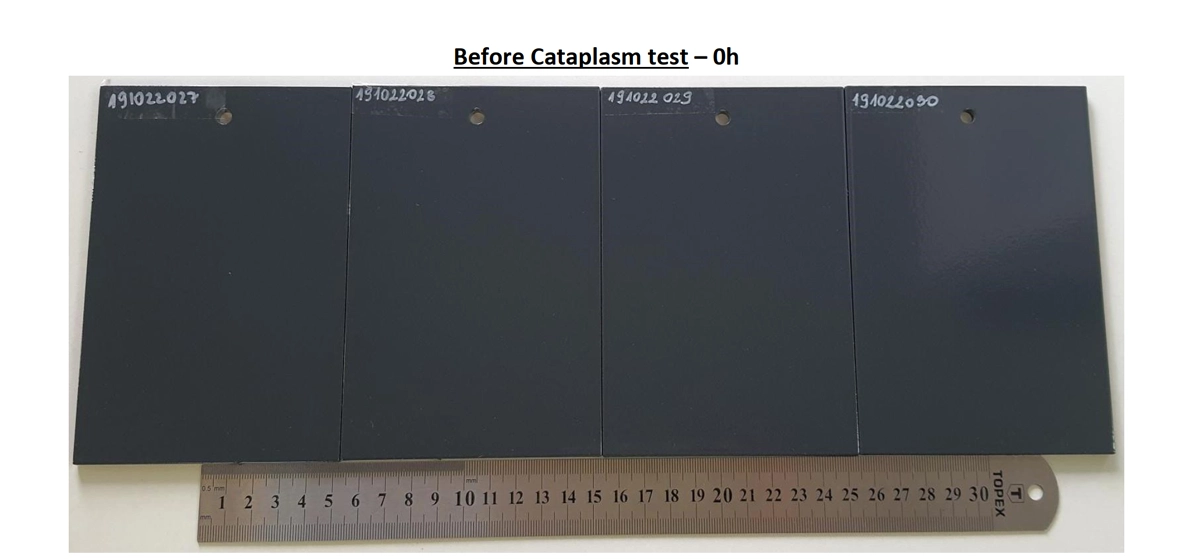
After the test 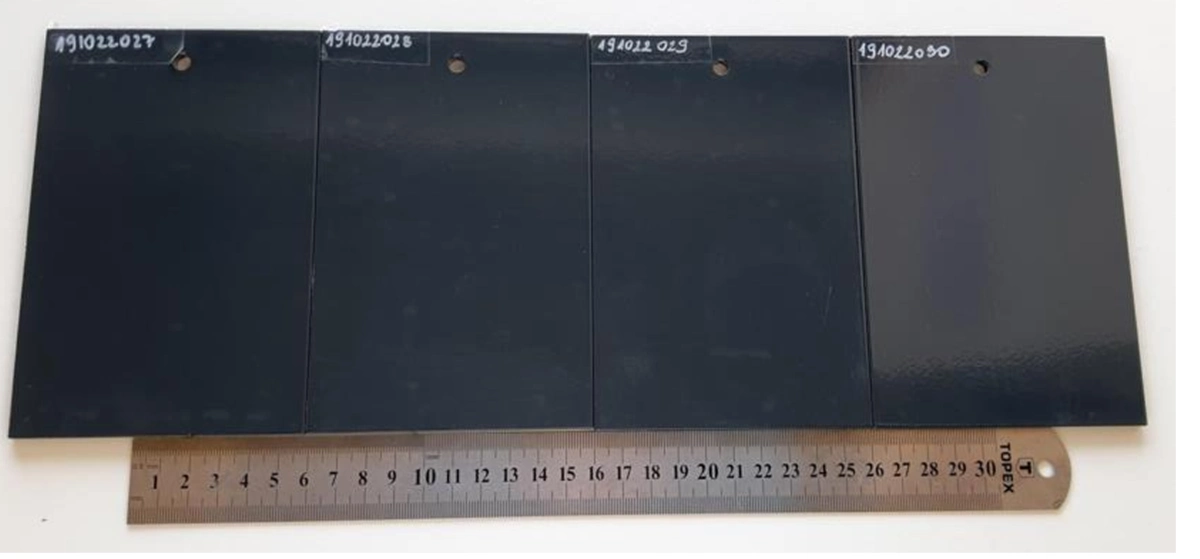
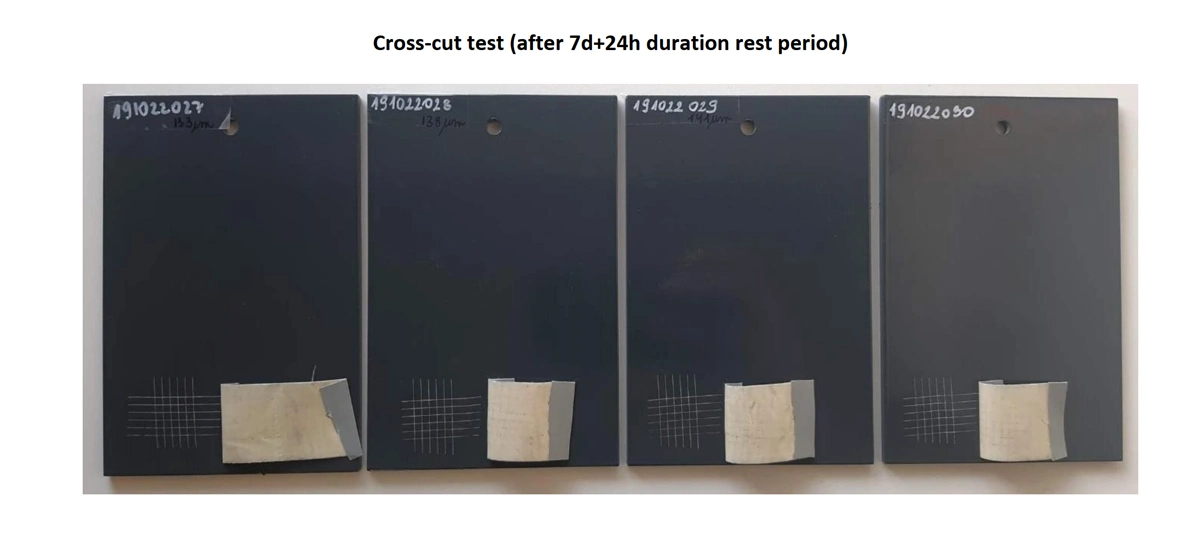
Tests in the laboratory of a powder coating manufacturer
In the paint manufacturer's laboratory, it was decided to carry out additional tests and check the quality and reliability of our products. Therefore, the prepared samples were subjected to another demanding test - the salt chamber test.
Acid Salt Chamber: DIN EN ISO 9227
The tests were carried out on stainless steel, the samples were placed in an acid salt chamber (according to DIN EN ISO 9227) after processing in our products and painting. However, this was no ordinary test. In the salt chamber, the samples were exposed not only to the corrosive brine, but also to an acetic acid solution. This combination raised the aggressiveness of the environment to the maximum.
1000 Hours Test - Zero Comments
After 1,000 hours of intensive testing, it was time to evaluate the results. The result? Despite the extremely harsh conditions, there were no changes in the incision area of the samples.
Moisture condensation: DIN EN ISO 6270-2
The next stage of testing was a variable temperature humidity chamber. Here, the products' resistance to condensation was tested for 1,000 hours. The cycle lasts 24 hours, and during the test the samples were subjected to more than 41 changes in condensation conditions.
100% Adhesion Paint
The result of the tests? Excellent! After this period, we assessed the adhesion of the coating using the notch grid method and obtained 100% paint adhesion.
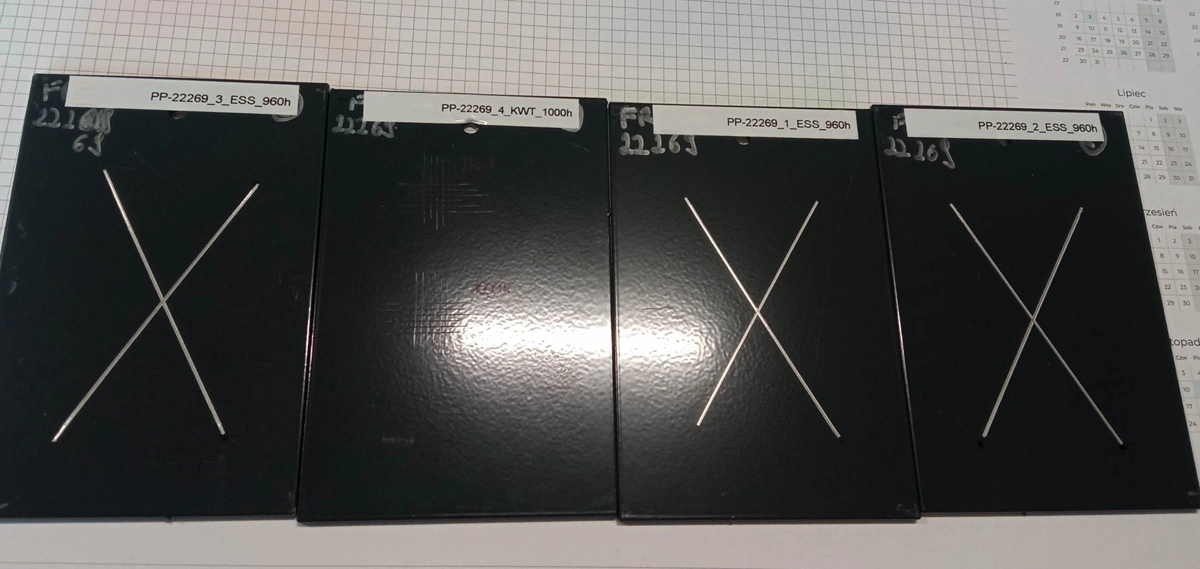
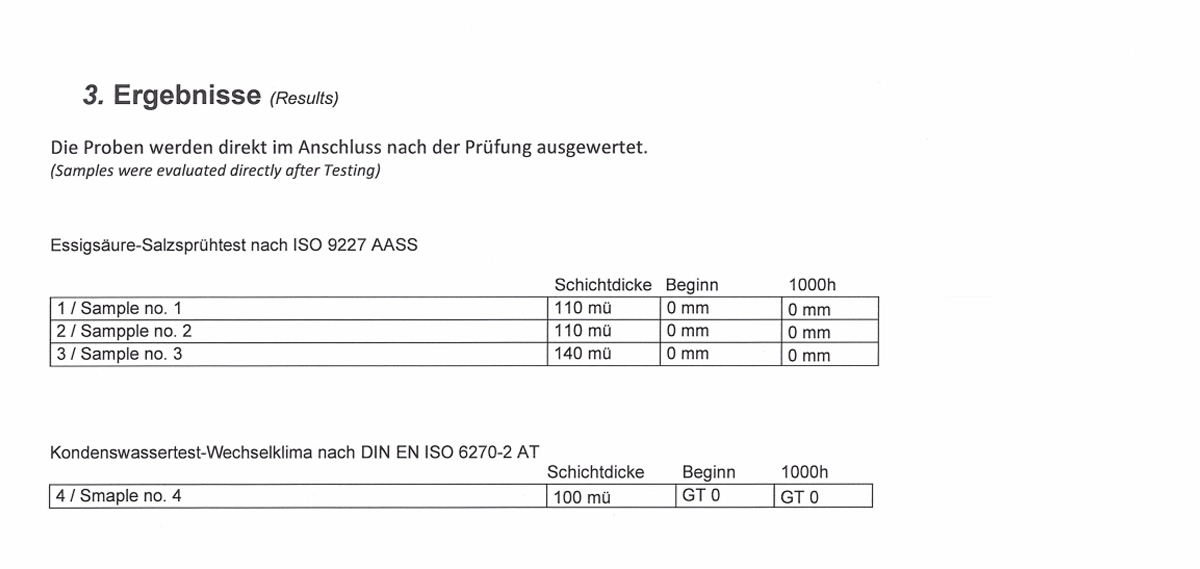
This is further confirmation that our products are sure to meet the expectations of even the most demanding customers.



